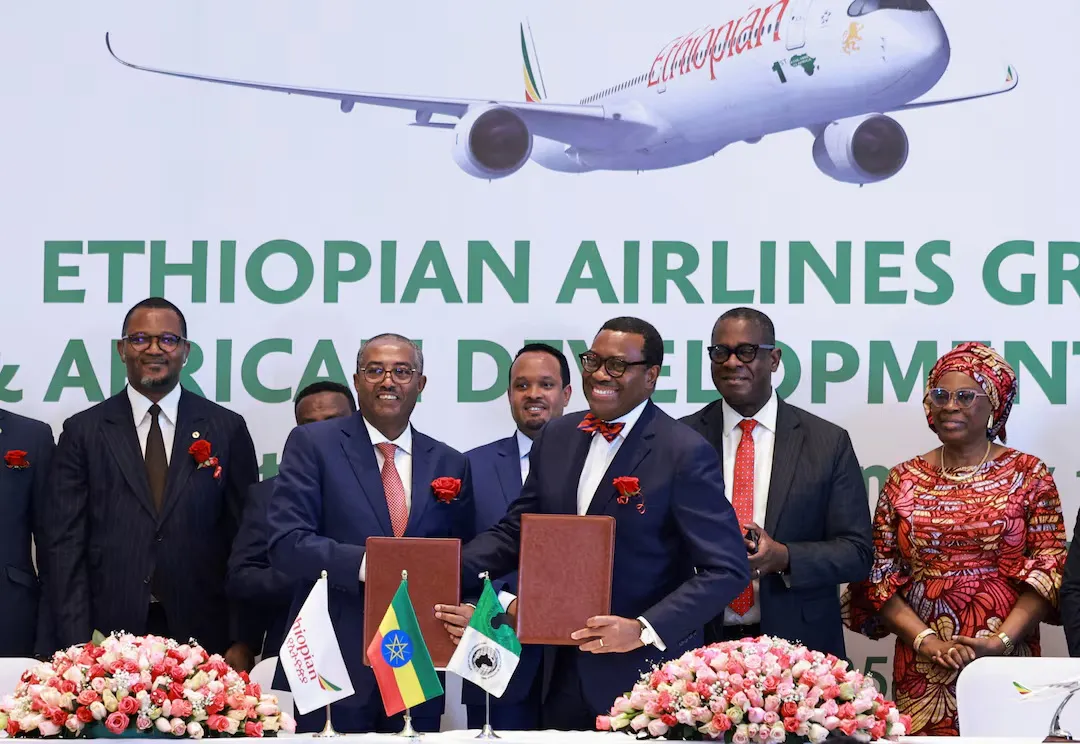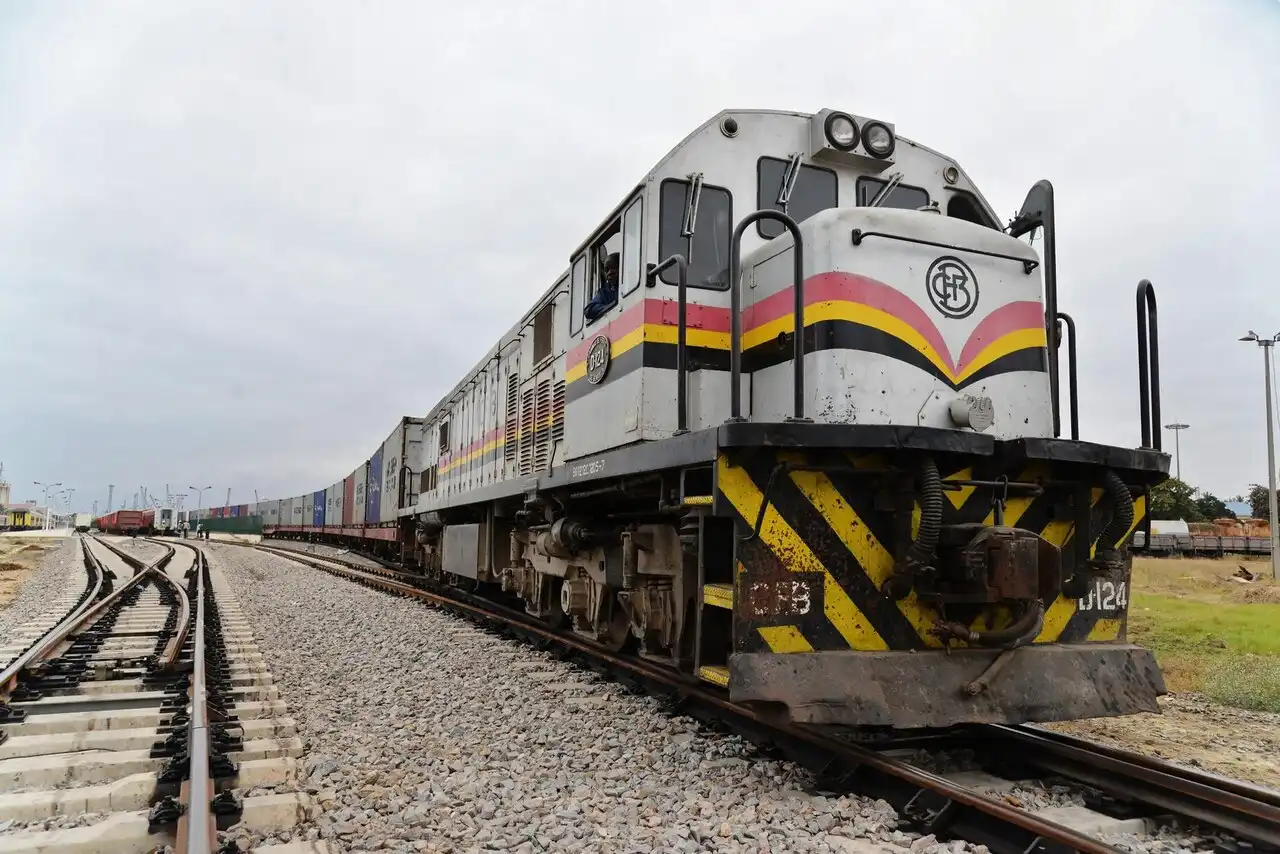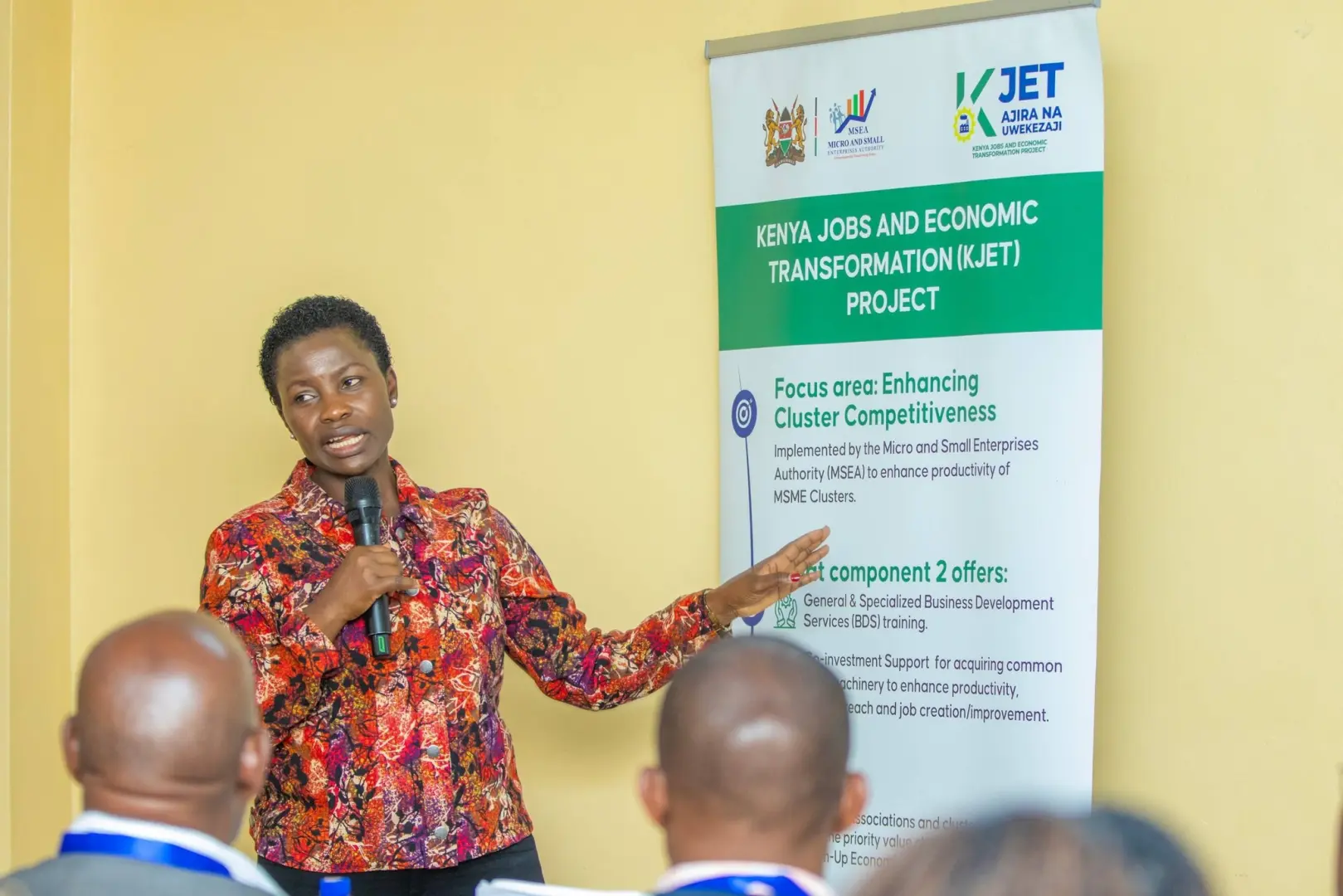In a landmark development poised to reshape the landscape of African aviation, Ethiopian Airlines has officially initiated the financing for its monumental mega-airport project. With a total estimated cost of over $10 billion, this ambitious infrastructure venture, located in Bishoftu, is set to become Africa’s largest aviation hub. The project has gained significant momentum with the appointment of the African Development Bank (AfDB) as the Initial Mandated Lead Arranger (IMLA), a crucial step that underscores the project’s strategic importance and the continent’s commitment to self-financed development.
Ready to level up your career? Join our expert-led Online courses in ACCA, HESI A2, ATI TEAS 7, HESI EXIT, NCLEX-RN, NCLEX-PN, and Financial Literacy. At Serrari Ed, we turn potential into achievement. Start your journey today!
The signing of the Mandate Letter on August 12, 2025, between Ethiopian Airlines and the AfDB marks a definitive step towards realizing a world-class pan-African gateway. The AfDB has pledged to provide a direct loan of up to $500 million, while taking on the monumental task of mobilizing the remaining $7.8 billion in debt financing from a consortium of international lenders, development finance institutions, and private investors. This model of financing, with a major African institution at the helm, reflects a growing trend of African-led development and financial self-sufficiency, aligning perfectly with the continent’s long-term strategic goals.
The Financial Blueprint: Understanding the AfDB’s Pivotal Role
The appointment of the African Development Bank as the IMLA is arguably the most critical aspect of this announcement. An Initial Mandated Lead Arranger (IMLA) is a financial institution that takes the lead in structuring and underwriting a syndicated loan. In this capacity, the AfDB is not just a lender; it is the project’s financial architect, responsible for bringing together other financial institutions to fund the massive debt requirement. This role is complex and involves:
- Underwriting the Loan: Committing to provide a portion of the financing directly, which in this case is up to $500 million, pending board approval.
- Structuring the Deal: Designing the terms of the loan, including interest rates, repayment schedules, and risk management protocols, to make it attractive to other investors.
- Syndication: Actively marketing the project to a group of potential lenders to secure the required capital.
This arrangement is particularly significant for large-scale infrastructure projects in Africa, which have historically struggled to secure adequate financing. Challenges often include perceived high risks, a lack of long-term local currency financing, and limited capacity in local financial markets. By stepping in as the IMLA, the AfDB leverages its credibility, deep understanding of the African context, and extensive network to de-risk the project for potential private and public investors. The remaining 20% of the total $10 billion project cost will be financed by Ethiopian Airlines itself, demonstrating the airline’s strong financial position and its firm commitment to the project’s success. You can read more about the signing ceremony and the partnership here.
The Next-Generation Hub: Features and Capacity
Located approximately 40 kilometers southeast of Addis Ababa in the town of Bishoftu, the new greenfield airport, also known as the Abusera Airport, is a feat of modern engineering and urban planning. The project’s development will be executed in phases, with the initial phase aiming for a staggering annual passenger capacity of 60 million. This initial capacity alone will make it one of the largest airports on the continent, significantly surpassing the current leaders like Cairo International Airport and O.R. Tambo in Johannesburg.
Upon completion of its second phase, the airport’s capacity is projected to expand to 110 million passengers per year, cementing its place as Africa’s undisputed largest aviation gateway and one of the top global hubs. For context, the current Bole International Airport (ADD), which is nearing its capacity limit of 25 million passengers annually, will continue to serve domestic operations, while the new Bishoftu airport will become the primary hub for all international passenger and cargo traffic. This strategic separation of operations will alleviate congestion and allow for exponential growth.
Key features of the new airport will include:
- Four runways: Designed to handle a high volume of aircraft movements and diverse aircraft types, including the world’s largest commercial planes.
- Expansive cargo facilities: With a projected annual cargo capacity of 3.7 million tons, the airport will anchor a new logistics ecosystem, vital for a landlocked country like Ethiopia. This will enhance Ethiopia’s role as a key player in global trade and logistics.
- Eco-friendly design: As a new greenfield airport, it will incorporate modern, sustainable design principles and technology to reduce its environmental footprint, including measures to reduce fuel consumption by up to 15%.
- Advanced parking: The facility will provide parking for up to 270 aircraft, ensuring efficient ground operations for Ethiopian Airlines’ growing fleet.
One decision can change your entire career. Take that step with our Online courses in ACCA, HESI A2, ATI TEAS 7, HESI EXIT, NCLEX-RN, NCLEX-PN, and Financial Literacy. Join Serrari Ed and start building your brighter future today.
The Broader Strategic Context: Pan-African Integration
This airport project is more than a simple infrastructure upgrade; it is a physical manifestation of Ethiopia’s, and indeed Africa’s, broader strategic vision. The project aligns directly with two of the African Union’s most ambitious initiatives: Agenda 2063 and the African Single Air Transport Market (SAATM).
Agenda 2063: The Africa We Want
Agenda 2063 is the African Union’s blueprint and master plan for transforming Africa into a global powerhouse. Its goals include continental integration, economic prosperity, and world-class infrastructure. The new Bishoftu airport contributes to this vision in several ways:
- World-Class Infrastructure: The airport will be a flagship project, demonstrating Africa’s capability to finance and build complex, modern infrastructure that rivals the best in the world.
- Economic Integration: By boosting intra-African trade and global connectivity, the airport will support the free movement of goods, services, and people, a core tenet of the African Continental Free Trade Area (AfCFTA), a major pillar of Agenda 2063.
- Job Creation and Human Capital: The project is expected to create tens of thousands of jobs, from construction to highly skilled aviation and logistics roles, contributing to the development of Africa’s human capital.
African Single Air Transport Market (SAATM)
The SAATM is a flagship project of Agenda 2063 aimed at creating a single, liberalized air transport market in Africa. By removing restrictions on air services, the SAATM seeks to:
- Enhance intra-African air connectivity.
- Reduce travel times and airfares.
- Stimulate economic growth and tourism.
As a member of SAATM, Ethiopia’s new mega-airport will serve as a central hub for this liberalized market, making it easier for passengers and cargo to travel across the continent without the need for detours through hubs in Europe or the Middle East. This will provide a significant boost to regional integration and economic activity.
The Rise of the Aerotropolis
The new airport will anchor a broader development known as an aerotropolis. An aerotropolis is a metropolitan sub-region where the infrastructure, land use, and economy are centered on a major airport. It is a modern-day equivalent of the historical seaport or railroad town, with the airport serving as the central economic engine.
The Bishoftu aerotropolis is designed to stimulate regional development by creating a dynamic ecosystem of aviation-dependent businesses and commercial services. This will include:
- Logistics and e-commerce: A state-of-the-art cargo hub integrated with Ethiopia’s Modjo Dry Port and the Addis Ababa–Djibouti railway will streamline supply chains.
- Advanced manufacturing: The aerotropolis will attract high-tech and advanced manufacturing companies that rely on speedy air transport for goods.
- Hospitality and retail: Hotels, conference centers, and retail complexes will cater to the millions of passengers passing through the airport each year.
The development of the aerotropolis is expected to generate significant economic benefits, creating not only direct jobs at the airport but also a ripple effect of employment and investment in supporting industries.
Ethiopian Airlines’ “Vision 2040”
This mega-airport is the centerpiece of Ethiopian Airlines Group’s ambitious “Vision 2040” strategy. The airline, already Africa’s largest and most consistently profitable carrier, aims to cement its status as a global aviation powerhouse. Key pillars of this strategy include:
- Network Expansion: The new airport will provide the necessary capacity to expand Ethiopian Airlines’ network, adding new destinations and increasing flight frequencies.
- Infrastructure Development: The Bishoftu airport is the primary infrastructure project, but Vision 2040 also includes investments in maintenance, repair, and overhaul (MRO) facilities and aviation training academies.
- Human Capital Investment: The airline is committed to developing a new generation of skilled professionals in aviation, from pilots and engineers to ground staff and managers, to support its growth.
By investing in this mega-airport, Ethiopian Airlines is not just preparing for future growth; it is actively shaping it. The project will ensure the airline’s continued dominance in the African market and its ability to compete with global carriers, turning Addis Ababa into a transit point of unparalleled significance.
A Symbol of African-Led Excellence
The Bishoftu airport project is a testament to the power of African-led development. The collaboration between Ethiopian Airlines, a state-owned African champion, and the African Development Bank, a leading pan-African financial institution, sends a strong message to the world. It shows that Africa is capable of conceiving, financing, and executing infrastructure projects of immense scale and complexity.
This project is a bold response to the continent’s growing air traffic demands and a symbol of its confidence in its own future. As construction begins in late 2025, the world will be watching as Ethiopia builds not just an airport, but a new gateway for an integrated, prosperous, and globally connected Africa.
Ready to take your career to the next level? Join our dynamic courses: ACCA, HESI A2, ATI TEAS 7 , HESI EXIT , NCLEX – RN and NCLEX – PN, Financial Literacy!🌟 Dive into a world of opportunities and empower yourself for success. Explore more at Serrari Ed and start your exciting journey today! ✨
Track GDP, Inflation and Central Bank rates for top African markets with Serrari’s comparator tool.
See today’s Treasury bonds and Money market funds movement across financial service providers in Kenya, using Serrari’s comparator tools.
photo source: Google
By: Montel Kamau
Serrari Financial Analyst
13th August, 2025
Article, Financial and News Disclaimer
The Value of a Financial Advisor
While this article offers valuable insights, it is essential to recognize that personal finance can be highly complex and unique to each individual. A financial advisor provides professional expertise and personalized guidance to help you make well-informed decisions tailored to your specific circumstances and goals.
Beyond offering knowledge, a financial advisor serves as a trusted partner to help you stay disciplined, avoid common pitfalls, and remain focused on your long-term objectives. Their perspective and experience can complement your own efforts, enhancing your financial well-being and ensuring a more confident approach to managing your finances.
Disclaimer: This article is for informational purposes only and does not constitute financial advice. Readers are encouraged to consult a licensed financial advisor to obtain guidance specific to their financial situation.
Article and News Disclaimer
The information provided on www.serrarigroup.com is for general informational purposes only. While we strive to keep the information up to date and accurate, we make no representations or warranties of any kind, express or implied, about the completeness, accuracy, reliability, suitability, or availability with respect to the website or the information, products, services, or related graphics contained on the website for any purpose. Any reliance you place on such information is therefore strictly at your own risk.
www.serrarigroup.com is not responsible for any errors or omissions, or for the results obtained from the use of this information. All information on the website is provided on an as-is basis, with no guarantee of completeness, accuracy, timeliness, or of the results obtained from the use of this information, and without warranty of any kind, express or implied, including but not limited to warranties of performance, merchantability, and fitness for a particular purpose.
In no event will www.serrarigroup.com be liable to you or anyone else for any decision made or action taken in reliance on the information provided on the website or for any consequential, special, or similar damages, even if advised of the possibility of such damages.
The articles, news, and information presented on www.serrarigroup.com reflect the opinions of the respective authors and contributors and do not necessarily represent the views of the website or its management. Any views or opinions expressed are solely those of the individual authors and do not represent the website's views or opinions as a whole.
The content on www.serrarigroup.com may include links to external websites, which are provided for convenience and informational purposes only. We have no control over the nature, content, and availability of those sites. The inclusion of any links does not necessarily imply a recommendation or endorsement of the views expressed within them.
Every effort is made to keep the website up and running smoothly. However, www.serrarigroup.com takes no responsibility for, and will not be liable for, the website being temporarily unavailable due to technical issues beyond our control.
Please note that laws, regulations, and information can change rapidly, and we advise you to conduct further research and seek professional advice when necessary.
By using www.serrarigroup.com, you agree to this disclaimer and its terms. If you do not agree with this disclaimer, please do not use the website.
www.serrarigroup.com, reserves the right to update, modify, or remove any part of this disclaimer without prior notice. It is your responsibility to review this disclaimer periodically for changes.
Serrari Group 2025
















